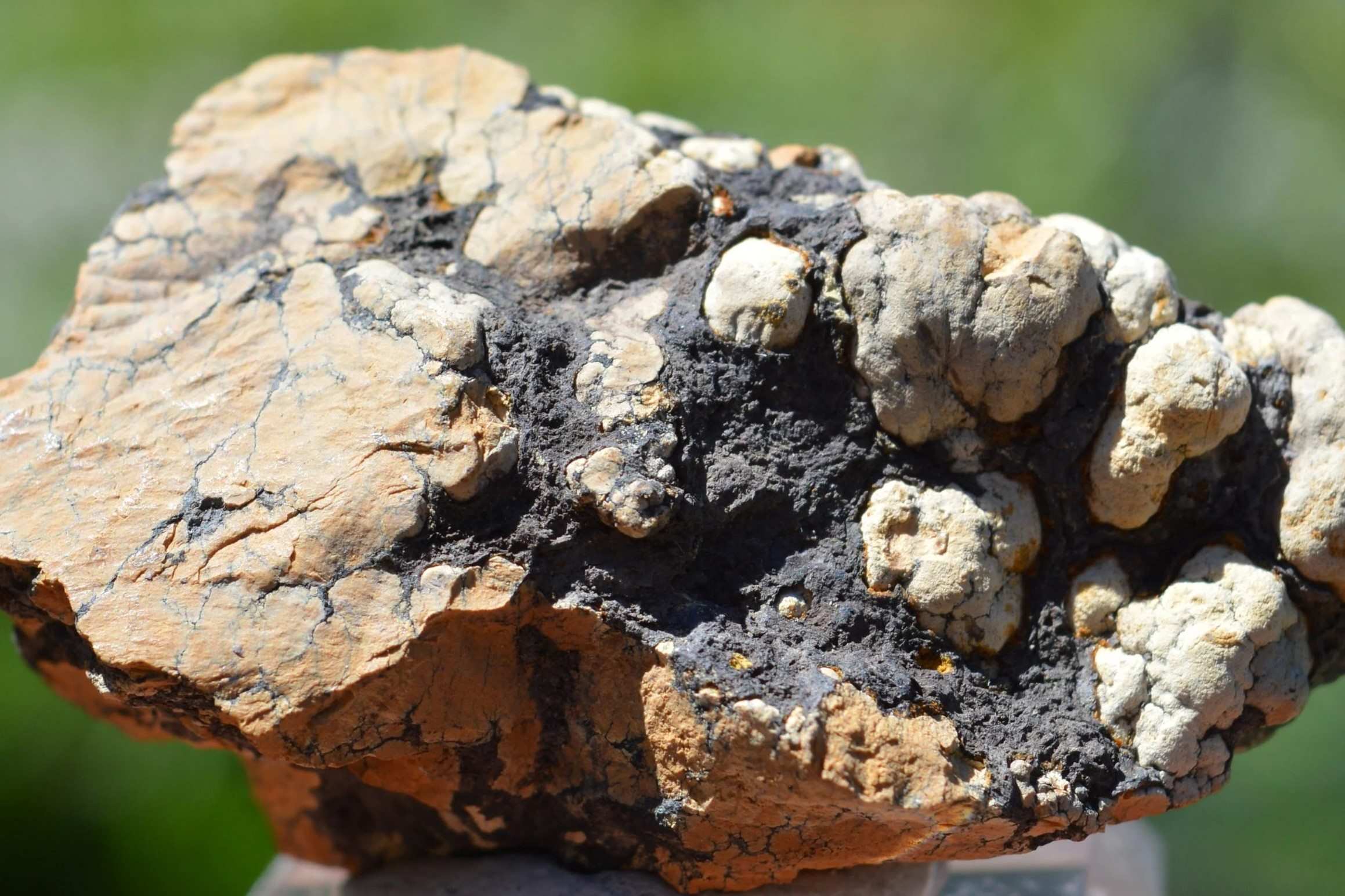
Delvauxite is a fascinating mineral that often intrigues both geologists and collectors. But what exactly is Delvauxite? This mineral, typically found in iron ore deposits, is known for its unique composition and striking appearance. With a mix of iron, phosphorus, and water, Delvauxite forms in earthy, brownish masses that can sometimes resemble rust. It's not just its looks that make it interesting; its formation process and locations where it's found add layers of intrigue. Whether you're a budding geologist or just curious about the natural world, learning about Delvauxite can be both educational and exciting. Let's dive into 20 captivating facts about this remarkable mineral!
Key Takeaways:
- Delvauxite is a rare and fascinating mineral with unique properties, named after a Belgian mineralogist. It's found in countries like Belgium, Germany, France, the United States, and Australia, and is primarily of interest to mineral collectors and geologists.
- Delvauxite, a phosphate mineral, is known for its striking appearance and is often found in oxidized zones of iron ore deposits. While not widely used in industry, it's valued by mineral collectors, studied by geologists, and used as a teaching specimen in educational institutions.
What is Delvauxite?
Delvauxite is a fascinating mineral with a unique composition and history. It is known for its striking appearance and intriguing properties. Let's dive into some interesting facts about this mineral.
-
Delvauxite is a phosphate mineral that contains iron, aluminum, and calcium.
-
It was first discovered in Belgium in the early 19th century.
-
The mineral is named after Jules Delvaux, a Belgian mineralogist.
-
Delvauxite typically forms in oxidized zones of iron ore deposits.
-
It often appears as yellow, brown, or reddish-brown masses.
-
The mineral has a vitreous to dull luster, depending on its formation.
-
Delvauxite is usually found in botryoidal or stalactitic forms.
-
It has a Mohs hardness of 3.5 to 4, making it relatively soft.
-
The mineral is translucent to opaque, with a specific gravity of 2.8 to 3.0.
-
Delvauxite is often associated with other minerals like goethite, limonite, and hematite.
Where Can You Find Delvauxite?
Delvauxite is not a common mineral, but it can be found in specific locations around the world. Here are some places where you might come across this intriguing mineral.
-
Belgium remains one of the primary sources of delvauxite.
-
It has also been found in Germany, particularly in the Siegerland region.
-
France is another country where delvauxite deposits have been discovered.
-
In the United States, delvauxite has been identified in New Jersey.
-
Australia has reported occurrences of delvauxite in some of its iron ore deposits.
Uses and Applications of Delvauxite
While delvauxite is not widely used in industrial applications, it has some interesting uses and significance.
-
Delvauxite is primarily of interest to mineral collectors due to its unique appearance.
-
It is sometimes studied by geologists to understand the formation and alteration of iron ore deposits.
-
The mineral can be used as a teaching specimen in educational institutions.
-
Delvauxite's unique properties make it a subject of research in mineralogy and crystallography.
-
Although not a major ore of any metal, delvauxite can provide insights into the geochemical processes that occur in oxidized zones.
Delvauxite's rarity and distinctive characteristics make it a mineral worth knowing about, whether you're a collector, geologist, or just someone interested in the natural world.
Delvauxite's Unique Charm
Delvauxite, a rare mineral, has captivated geologists and collectors alike. Its striking appearance and unique properties make it a gem in the world of minerals. Found mainly in Belgium, this mineral's vibrant colors and intricate crystal formations are a sight to behold.
Beyond its beauty, delvauxite offers insights into geological processes and the Earth's history. Its formation involves complex chemical reactions, making it a subject of study for scientists. Collectors value delvauxite for its rarity and aesthetic appeal, often showcasing it in museums and private collections.
Whether you're a seasoned geologist or a curious enthusiast, delvauxite's allure is undeniable. Its combination of scientific significance and visual splendor ensures it remains a fascinating topic for years to come. So next time you come across this mineral, take a moment to appreciate its unique charm.
Frequently Asked Questions
Was this page helpful?
Our commitment to delivering trustworthy and engaging content is at the heart of what we do. Each fact on our site is contributed by real users like you, bringing a wealth of diverse insights and information. To ensure the highest standards of accuracy and reliability, our dedicated editors meticulously review each submission. This process guarantees that the facts we share are not only fascinating but also credible. Trust in our commitment to quality and authenticity as you explore and learn with us.
